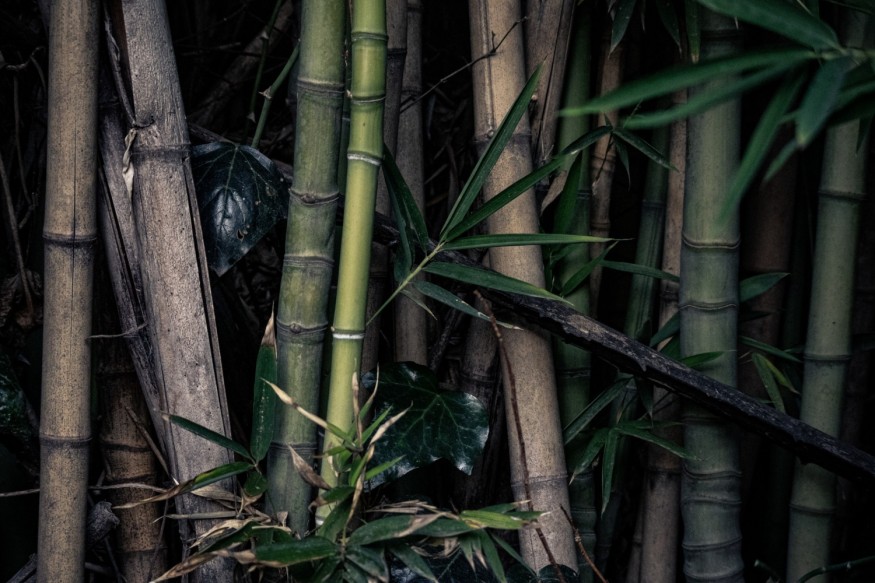
Despite being a common garden accent, bamboo is actually highly invasive in the UK, which can lead to damaged pavements and driveways and expensive eradication and repair charges.
Over the years, bamboo has become a very popular screening plant, yet frequently people are unaware of its potential for harm.
Bamboo in the UK
The non-native plant species called bamboo can grow and spread more quickly in the UK than it can in its natural environment.
Bamboo can often be separated into "clumping" and "running" kinds, with the former posing the bigger threat.
Rhizomes, or stem-like structures, are produced by running cultivars and can reach lengths of several meters.
When these rhizomes appear, they mark the beginning of new canes that will grow in different places.
Rhizomes are responsible for the typical bamboo damage that is reported.
Japanese knotweed, which is now widely acknowledged to be a severely problematic plant, can be compared to some situations.
The fact that many individuals "choose" to cultivate bamboo is one significant distinction.
The Root Barrier Store managing director, Jon Barton, explained how failing to take action and allowing the invasive plant to go over a neighboring boundary could result in being held responsible for removal, repair, and legal fees.
Typically, bamboo are priceless ornamental plant.
However, some bamboo, particularly those that are spread by seeds, can turn into invasive garden weeds if they are not kept in check.
Highly Invasive
Although bamboos are typically a wonderful, beautiful plant, several issues can arise.
First, bamboo shoots may grow anywhere, even in the backyard, on neighboring property, and even through solid obstacles like patio and conservatory floors.
Second, most groundcover materials designed to control weeds won't prevent bamboo from spreading.
The invasive species of bamboo are usually the issue. Long rhizomes on these bamboos help the plant colonize new places as they spread.
Although they can become out of control, clump-forming bamboo does not often spread as widely as running bamboo does.
Control
The first line of defense against pests, diseases, and weeds, according to the Royal Horticultural Society, should be appropriate cultivation practices, cultivar selection, garden hygiene, and encouraging or introducing natural enemies.
Chemical controls should only be applied sparingly and very specifically if at all.
Also Highly Invasive in the US
Due to its fast spreading, bamboo is also highly invasive and destructive in the US.
In Virginia, Phyllostachys aurea and Phyllostachys aureosulcata, Golden Bamboo, and Yellow Groove Bamboo respectively, are two particularly problematic species.
Once established, this plant is challenging to get rid of. Native to China, Golden Bamboo and Yellow Grove Bamboo were originally brought to the United States in the 1880s for decorative use.
Older home sites frequently have infestations, which can grow quickly in size. Native species can be displaced by dense, monocultural thickets made of Phyllostachys aurea.
Once established, this plant is challenging to get rid of.
It originated in China and was originally brought to America in 1882 for ornamental use.
Related Article : European Bird Cherry Trees in Alaska Up for Weed Whacking in Statewide Battle Against Invasives
© 2026 NatureWorldNews.com All rights reserved. Do not reproduce without permission.





